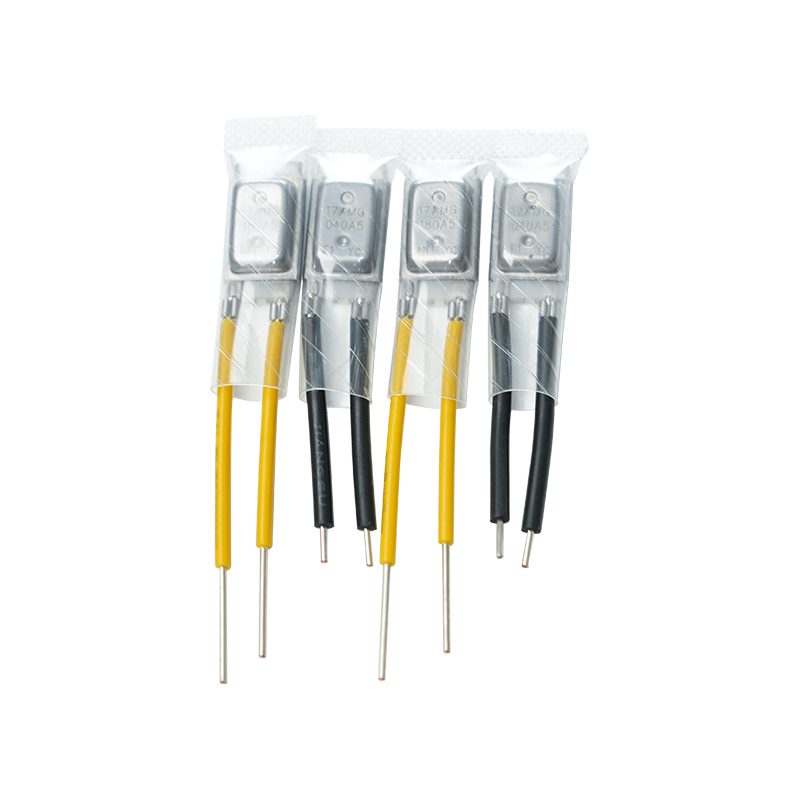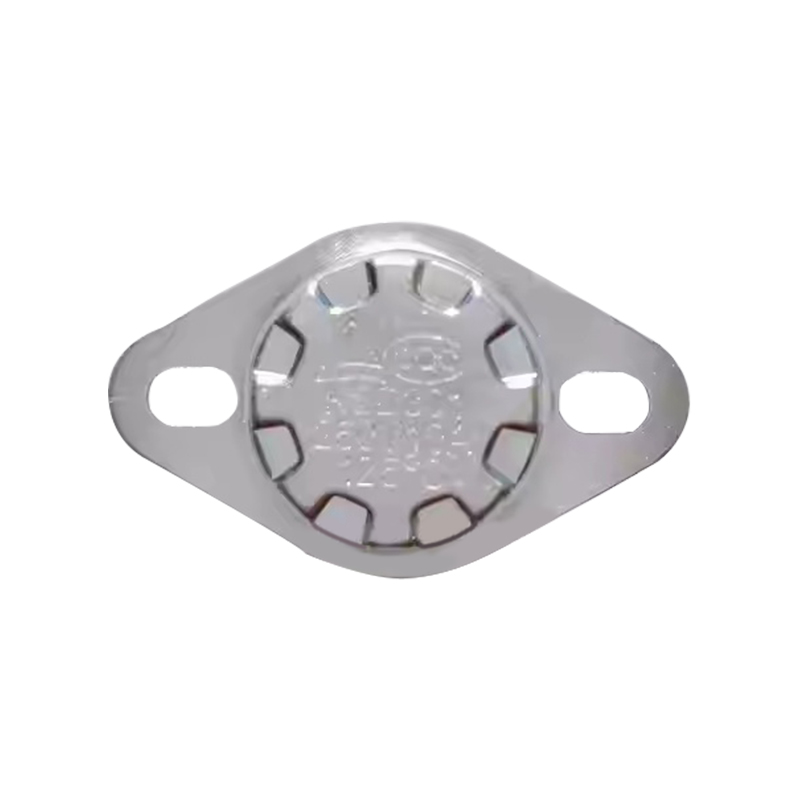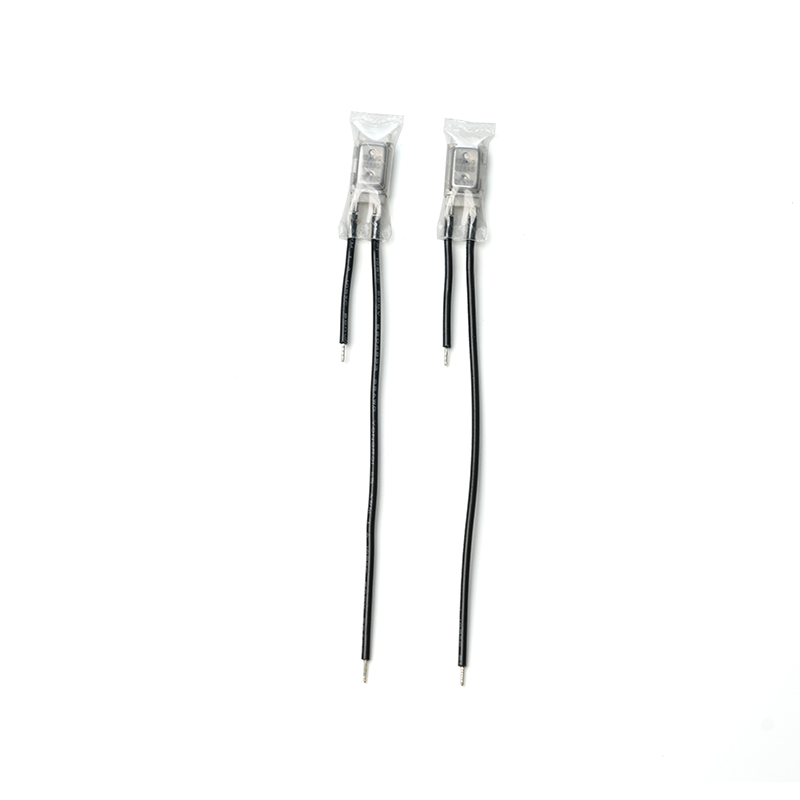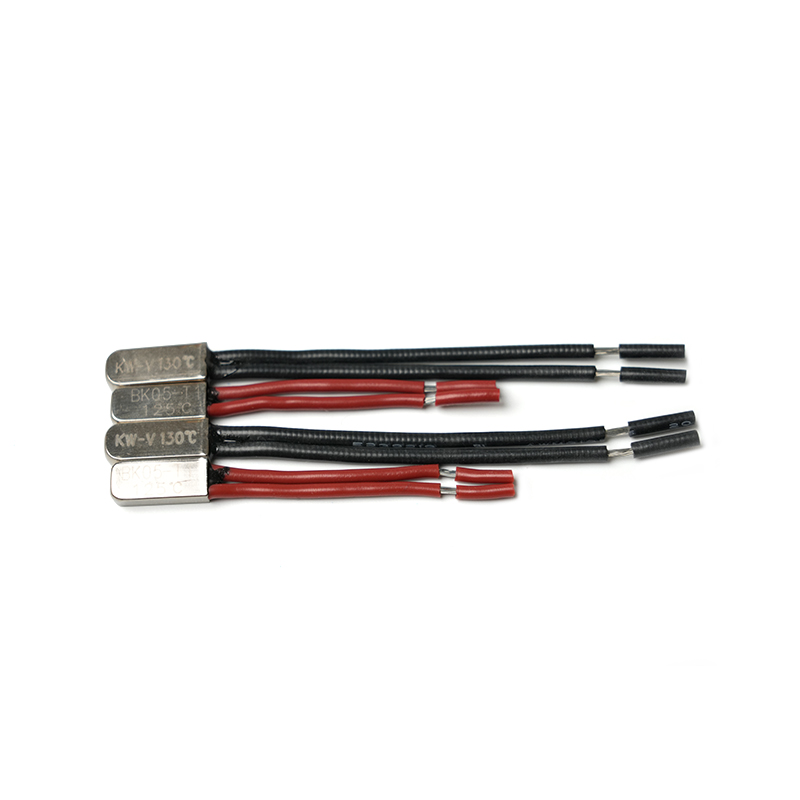What are the differences between different types of motor thermal protectors?

There are many types of motor thermal protectors, each with its own specific working principle, application scenario, advantages, and disadvantages. The following are several common types of motor thermal protectors and their differences:
1. Thermistor protector
Principle: Use thermistors (NTC or PTC) to change the resistance value according to temperature changes to monitor the temperature of the motor.
Advantages: Fast response, simple installation, suitable for small power motors.
Disadvantages: Not effective enough for overload protection, mainly relying on temperature changes.
2. Thermal relay
Principle: Use a bimetallic strip or thermistor to sense temperature changes and cut off the power supply when the set temperature is reached.
Advantages: Adjustable threshold, suitable for various types of motors, with dual protection against overheating and overload.
Disadvantages: Large size and relatively slow response speed.
3. Electronic thermal protector
Principle: Use electronic components to monitor current and temperature in real-time and intelligently judge the operating status of the motor.
Advantages: High accuracy, fast response speed, and multiple protection functions (such as overload, overheating, phase loss, etc.).
Disadvantages: High cost and power supply guarantee is required.
4. Temperature switch
Principle: Built-in thermistor, automatically switches the control power supply after reaching the set temperature.
Advantages: Simple and easy to use, high reliability, suitable for DC and AC motors.
Disadvantages: Generally does not have overload protection, and can only provide temperature protection.
5. Thermal protector and current protector combined device
Principle: Integrates thermal protection and current monitoring functions, and can monitor current and temperature at the same time.
Advantages: It provides comprehensive protection and is suitable for complex and high-load equipment.
Disadvantages: Complex design and high cost.
6. Thermal relay
Principle: Use the characteristics of bimetallic strips that bend with temperature changes to cut off the power supply.
Advantages: Simple and reliable, suitable for small motors.
Disadvantages: Fixed set value, not flexible enough.
7. Intelligent thermal protector
Principle: Combined with the Internet of Things technology, it can remotely monitor and manage the temperature and status of the motor.
Advantages: Real-time data analysis, fault warning, suitable for modern equipment.
Disadvantages: High cost and network support are required.
Summary
Different types of motor thermal protectors have significant differences in working principles, application scenarios and protection functions. The selection of a suitable thermal protector should be determined based on the type of motor, working environment and specific needs to ensure the safe and stable operation of the motor.
 English
English







